Krasnoyarsk: Geographical Center of Russia
Krasnoyarsk, located on the banks of the great Yenisei River, has been used to fend for itself since the very start of its history. Remoteness from the center of the country and the harsh taiga life tempered but did not embitter its inhabitants. It is where you can feel the dignified Siberian hospitality and feel the greatness of Russian expanses. You can find plenty of things to do there. A trip to the Historical and Ethnographic Museum-Sanctuary Shushenskoe will help get an understanding of the life of the XIX-century Siberian village, a trip to the Roev Ruchey (swarms creek) Zoo will surprise you with Russia’s largest penguinarium and Krasnoyarsk’s Stolby (pillars) Nature Sanctuary will forever capture the imagination!
Отели города Krasnoyarsk
See all
Restaurants

BEER CLUB
Restaurant • Club • Bar • Catering
+7 391 2850482
Payment methods:

Benedict coffee club
Coffee shop
+7 391 2231011
Payment methods:

Biergarten
Restaurant • Brewery
+7 391 2001216
Payment methods:

Bistrot de Luxe Home
Restaurant
+7 391 2266699
Payment methods:
All sights in KrasnoyarskSee all
Places of interest in Krasnoyarsk

TheatreSquare
Other places

Krasnoyarsk’sStolbyNatureSanctuary
Parks and recreation • Other places

Museum-SanctuaryShushenskoye
Museums and Exhibitions • Other places

StationSquare
Other places

ChapelonKaraulnayaMountain
Temples and places of worship • Cathedrals and churches • Other places

RoevRucheyZoo
Other places

Victory Memorial Historical Museum
Museums and Exhibitions • Other places

CatholiccathedraloftheTransfiguration
Temples and places of worship • Cathedrals and churches • Other places
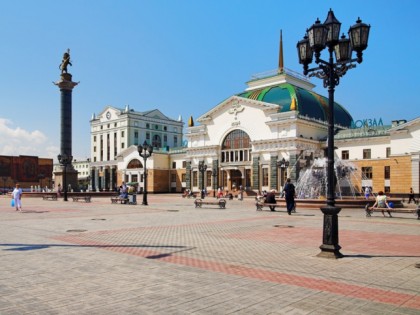
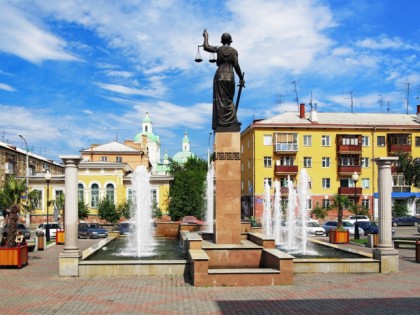
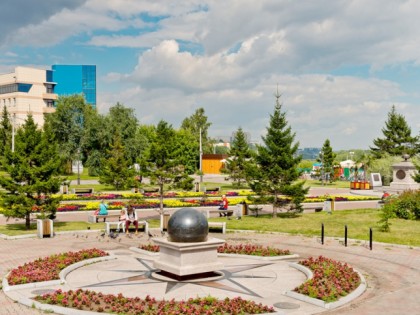
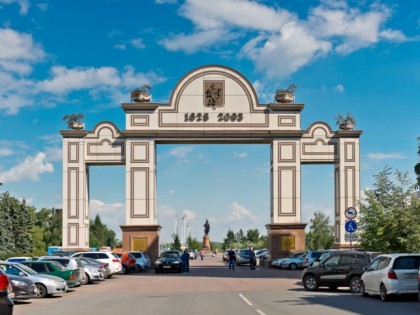
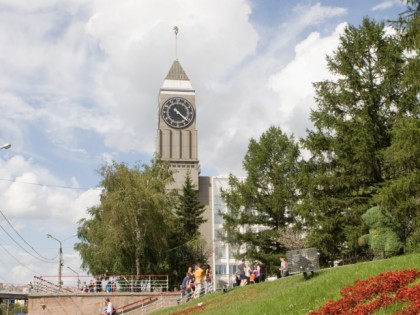
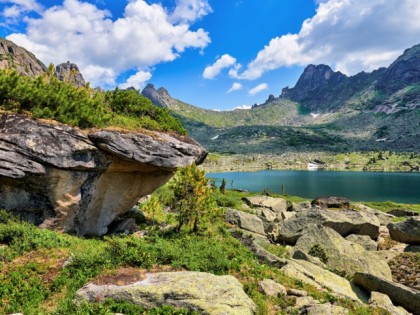
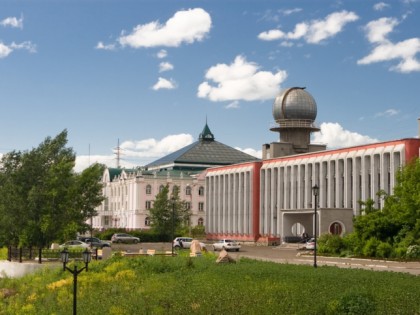
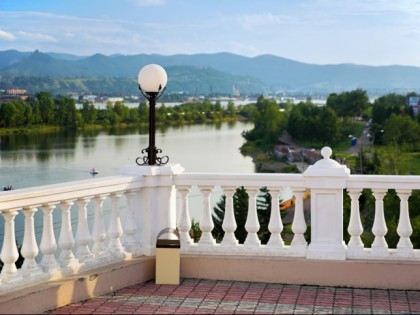
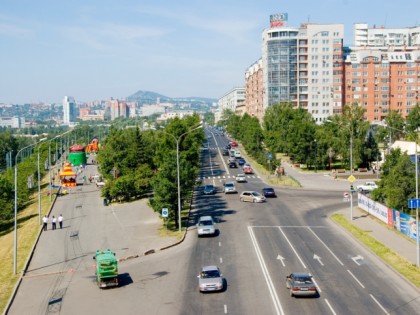
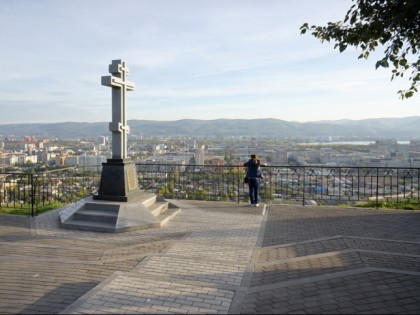
 Museums and Exhibitions
Museums and Exhibitions
 Parks and recreation
Parks and recreation
 Other places
Other places
 Architectural Monuments
Architectural Monuments
 Temples and places of worship
Temples and places of worship